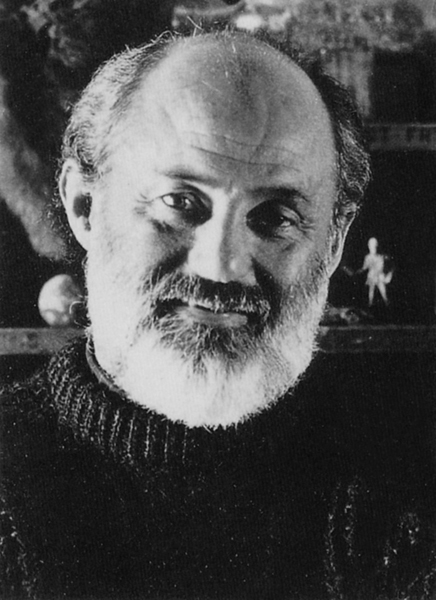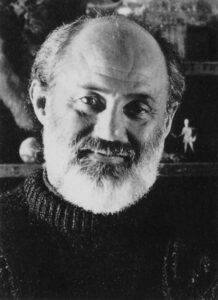Michael P. Smith
The subjects of New Orleans photographer Michael P. Smith's works include the New Orleans Jazz and Heritage Festival, individual musicians, brass bands, jazz funerals, social aid and pleasure club parades, and spiritual churches.

The Historic New Orleans Collection.
Black and white reproduction of a head and shoulders portrait of New Orleans photographer, Michael P. Smith.
During the last four decades of the twentieth century, photographer Michael P. Smith became one of the best-known photographers of his hometown, New Orleans. The author of five photo collections, Smith photographed each New Orleans Jazz and Heritage Festival from 1970 until 2004. While his photos of individual musicians brought him fame, Smith’s work also provides a valuable visual record of New Orleans’s brass bands, social aid and pleasure club parades, jazz funerals, neighborhood Mardi Gras celebrations, and spiritual churches.
Born June 15, 1937, in New Orleans, Michael Proctor Smith grew up in the suburb of Metairie, the son of Charles Horton Smith II and Margaret Hatchett. After graduating from Metairie Park Country Day School, Smith attended Tulane University. Smith’s photographic career began in 1966 when he became fascinated with the African American culture in his native New Orleans. As a graduate student at Tulane University, he made photographs for its jazz archive, discovering a subject and a documentary style of working that engaged him for the rest of his life.
Smith’s first collection of photographs, A Joyful Noise: A Celebration of New Orleans Music, was published in 1991. Within seven years, he also published New Orleans Jazz Fest, A Pictorial History;Spirit World: Pattern in the Expressive Folk Culture of African-American New Orleans; Mardi Gras Indians; and Jazz Fest Memories. In A Joyful Noise, Smith explained that his work was motivated by “a simple fascination with the unique cultural diversity in the Mississippi Delta region and the fertility of its traditional cultures in producing such a world-recognized wealth and variety of quality music, folk arts and crafts, cuisine, and related public celebrations and festivals.”
Professionally, Smith worked as a freelance photographer for the prestigious Black Star photographic agency for more than twenty years. He co-founded the New Orleans music club Tipitina’s in 1977. During the 1980s, Smith traveled to Cuba, where he photographed many of the same subjects he explored in New Orleans: neighborhood life, street music, and religious practices.
Smith’s photographs have been exhibited in art galleries and museums and collected by museums and other institutions throughout the world. The Louisiana Endowment for the Humanities presented Smith its Lifetime Achievement Award in 2002. In 2004, the Arts Council of New Orleans gave Smith a Mayor’s Art Award, and the New Orleans/Gulf South chapter of the American Society of Media Photographers honored him with its Clarence John Laughlin Lifetime Achievement Award. Shortly before his death, on September 26, 2008, the Historic New Orleans Collection purchased much of his work for its permanent collection. Recently, the New Orleans Photo Alliance created the Michael P. Smith Fund for Documentary Photography in honor of Smith’s work, and the Louisiana Endowment for the Humanities established the Michael P. Smith Documentary Award.
